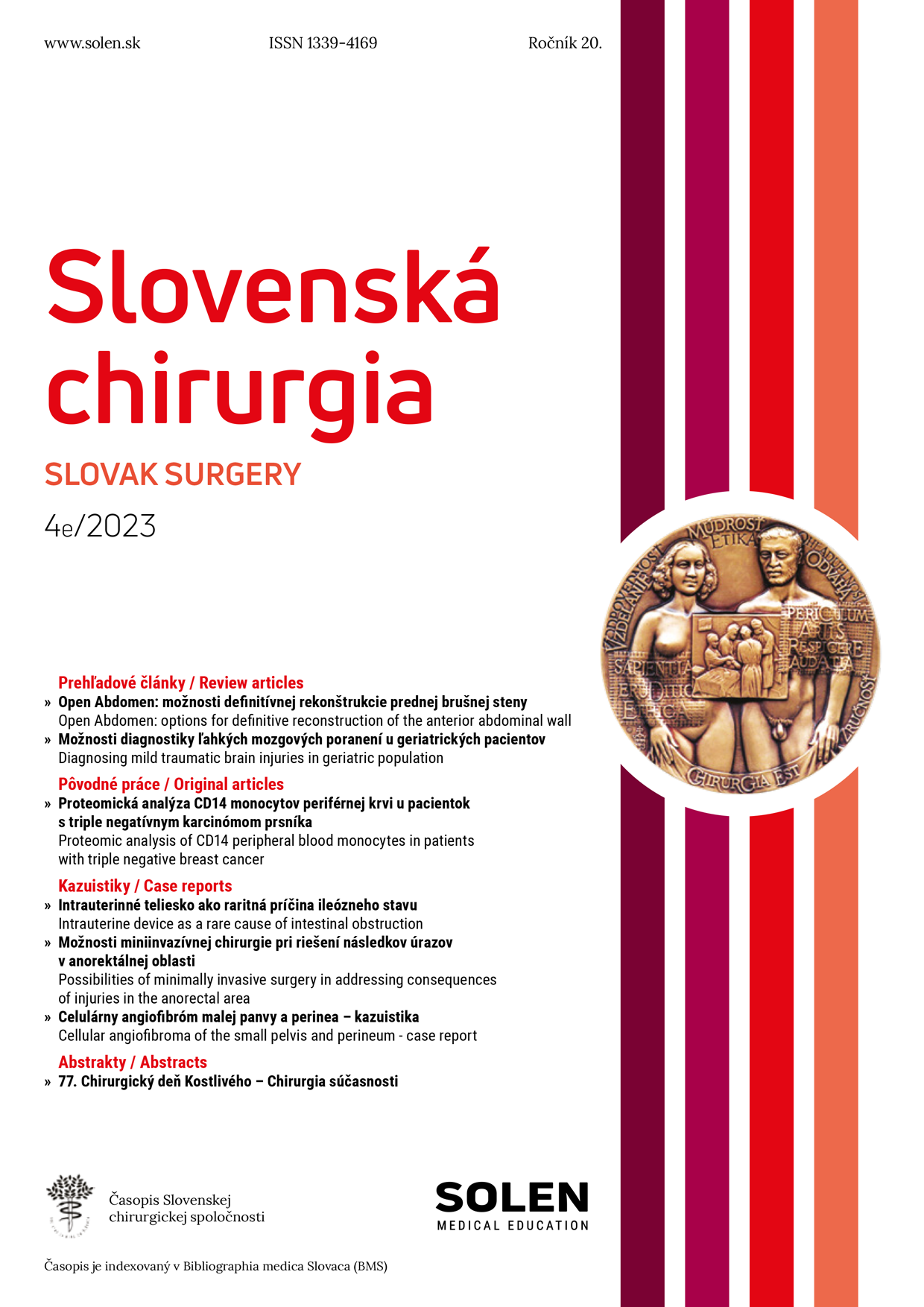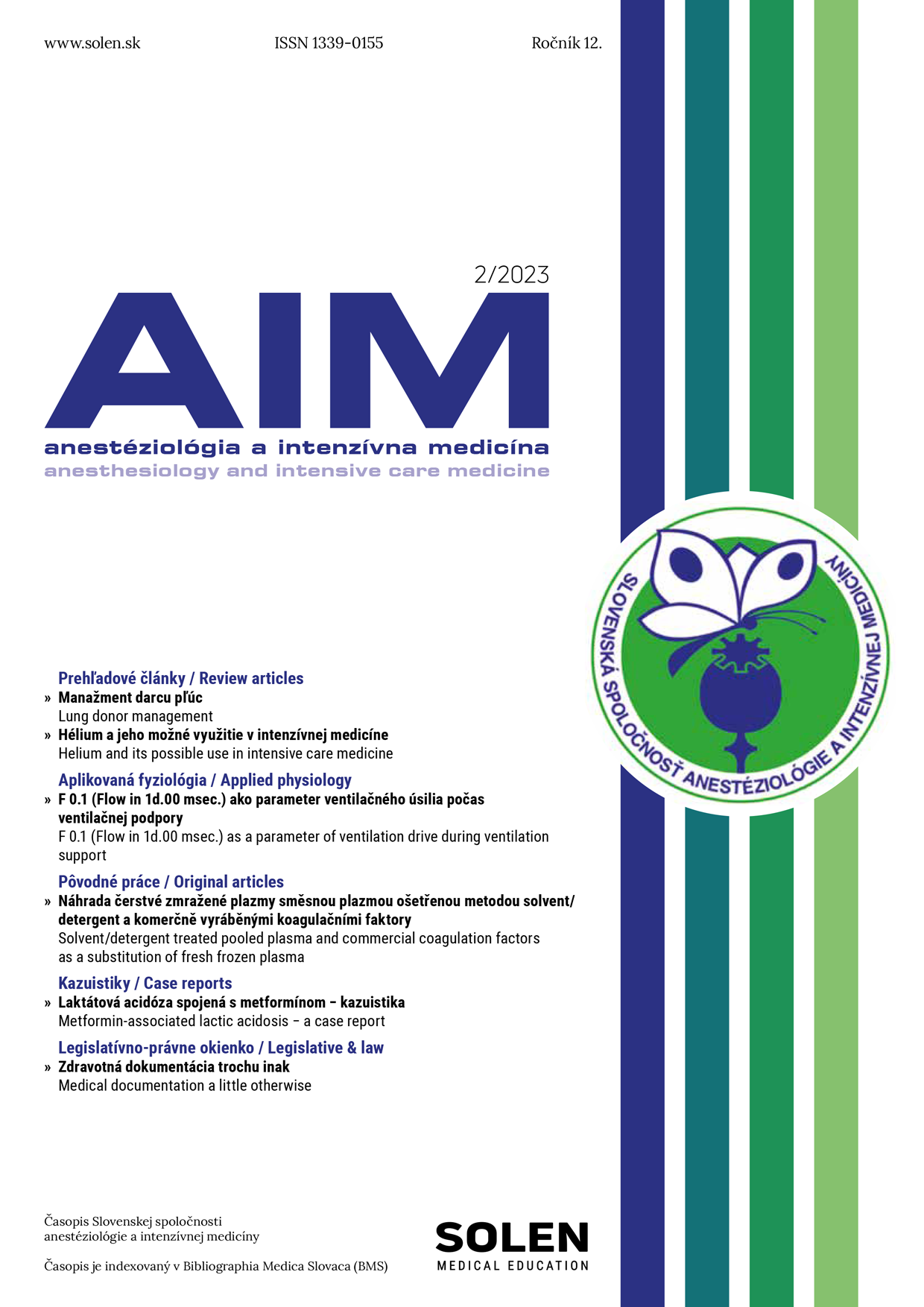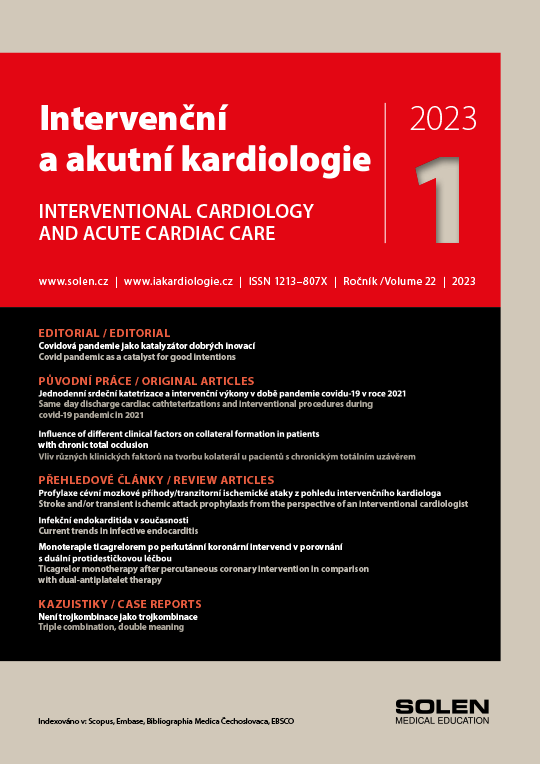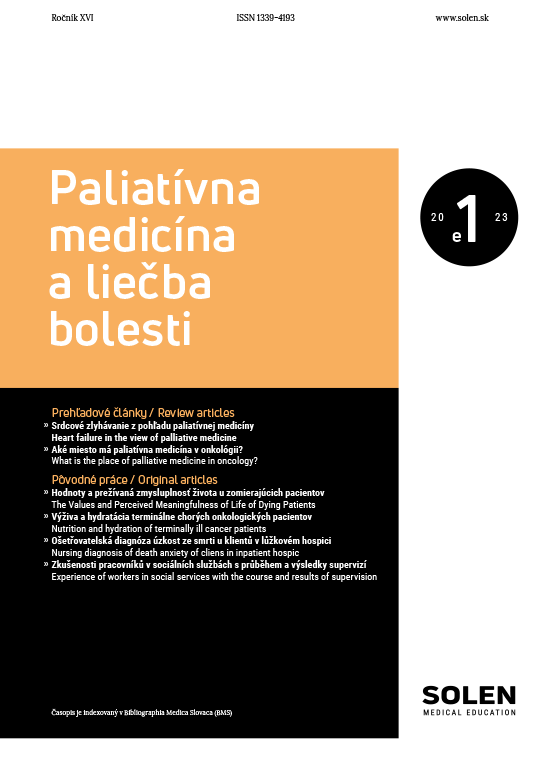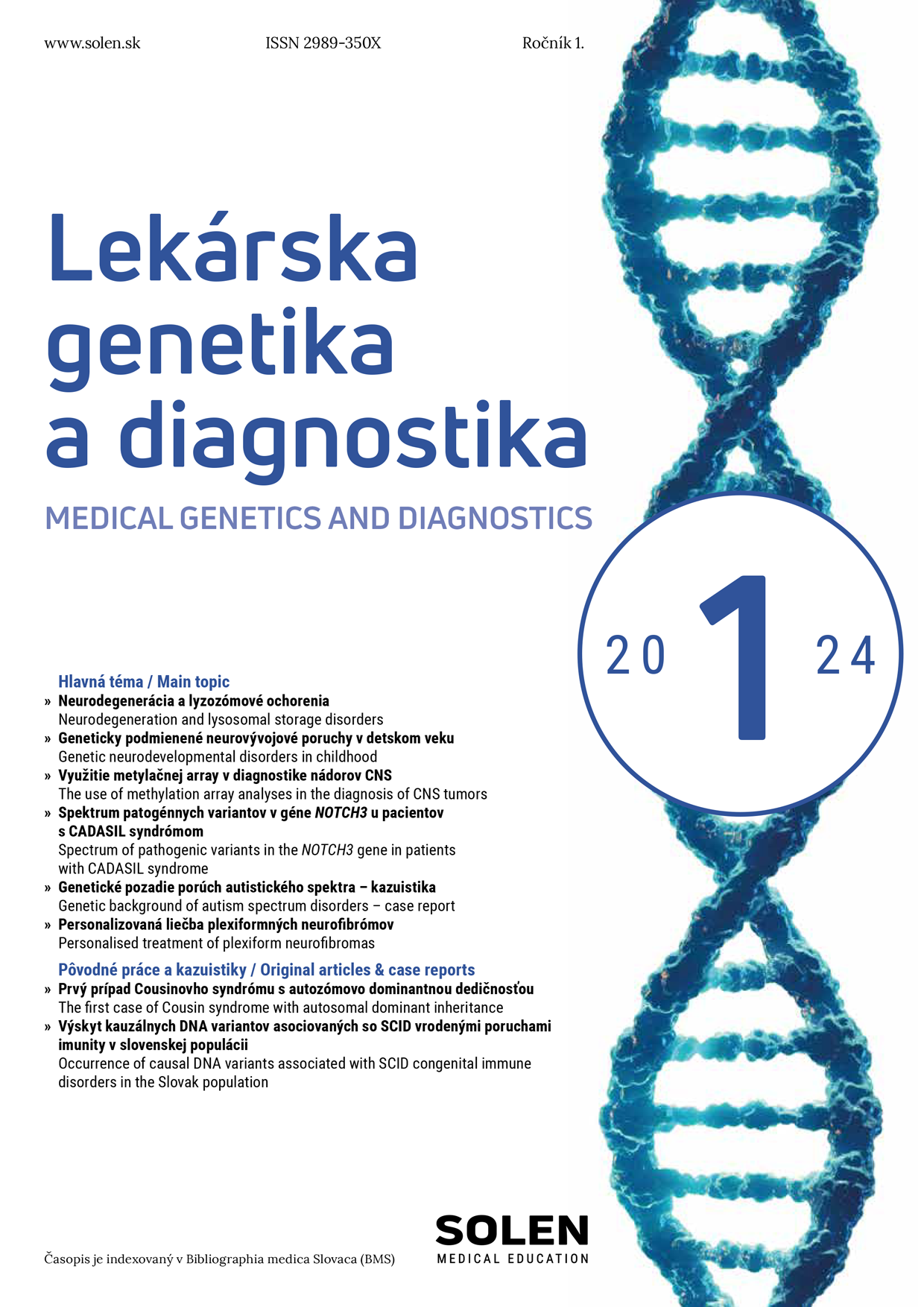Vaskulárna medicína 2/2020
Fibromuskulárna dysplázia
Fibromuskulárna dysplázia je idiopatické, segmentálne ochorenie svalovej vrstvy artériovej steny vedúce k stenóze malých a stredných tepien. Diagnóza sa opiera o typický angiografický nález, podľa ktorého rozoznávame fokálny a multifokálny typ. Fenotyp zahrňuje okrem stenózy aj disekciu, aneuryzmu a tortuozitu tepien. Vyskytuje sa hlavne u žien, najčastejšie postihuje renálne a cerebrovaskulárne artérie, ale fibromuskulárna dysplázia bola popisovaná na takmer všetkých artériách, aj koronárnych. Často je viaccievne postihnutie. V článku sú analyzované hlavné symptómy, diagnostika, klasifikácia, diferenciálna diagnóza a aktuálny pohľad na manažment rôznych typov tohto ochorenia podľa aktuálneho konsenzu SVM/ESH o fibromuskulárnej dysplázii z roku 2019.
Kľúčové slová: fibromuskulárna dysplázia, fokálna, multifokálna stenóza
Fibromuscular dysplasia
Fibromuscular dysplasia is an idiopathic, segmental disease of the muscular layer of the arterial wall leading to stenosis of the small and medium arteries. The diagnosis is based on a typical angiographic finding, according to which we distinguish between focal and multifocal type. The phenotype includes not only stenosis but also dissection, aneurysm and tortuosity of the arteries. It occurs mainly in women, most often affecting the renal and cerebrovascular arteries, but fibromuscular dysplasia has been described in almost all arteries, including coronary arteries. It is often a multi-vascular disability. The article analyzes the main symptoms, diagnosis, classification, differential diagnosis and current view on the management of various types of this disease according to the current SVM/ESH consensus on fibromuscular dysplasia from 2019.
Keywords: fibromuscular dysplasia, focal, multifocal stenosis


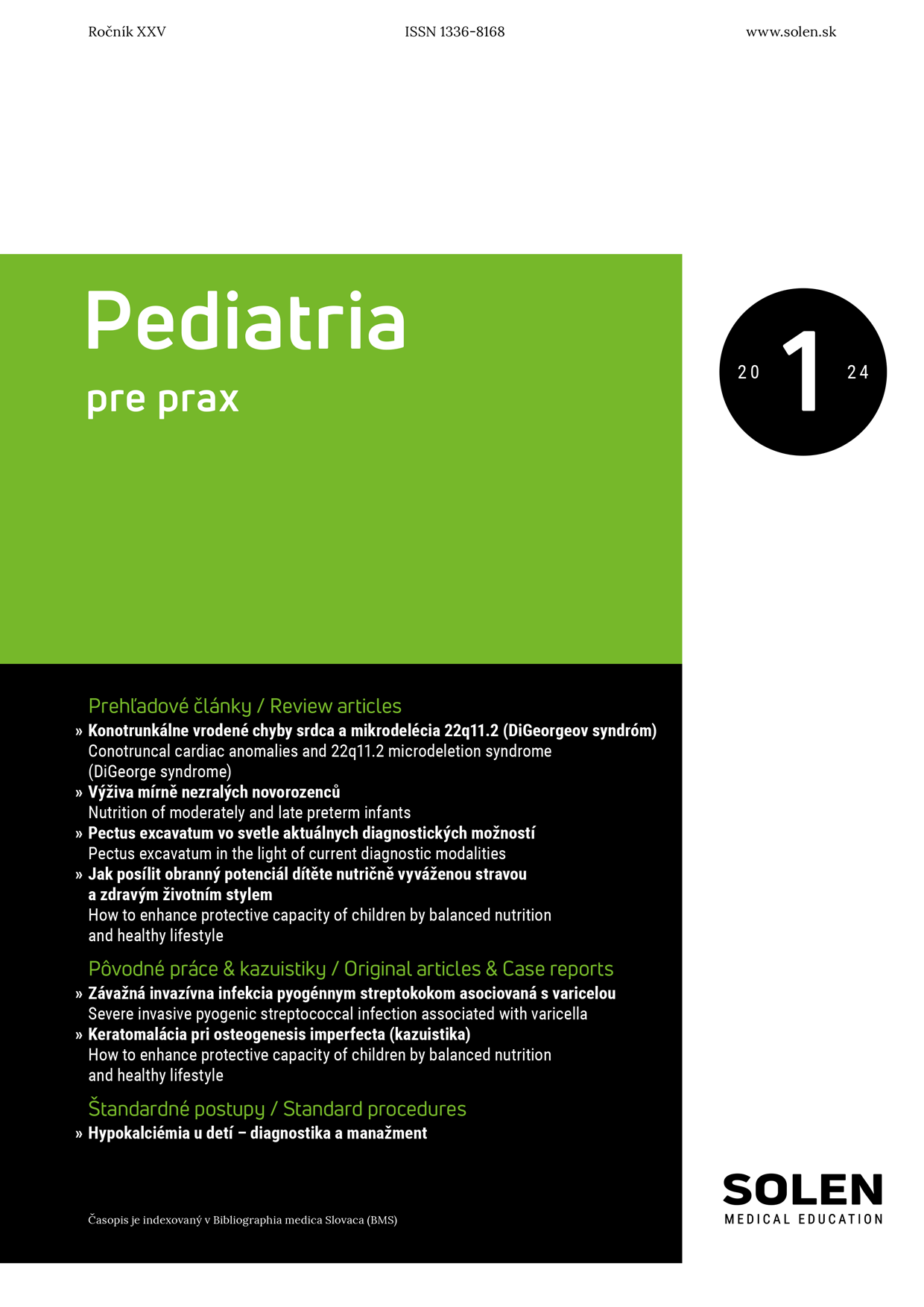
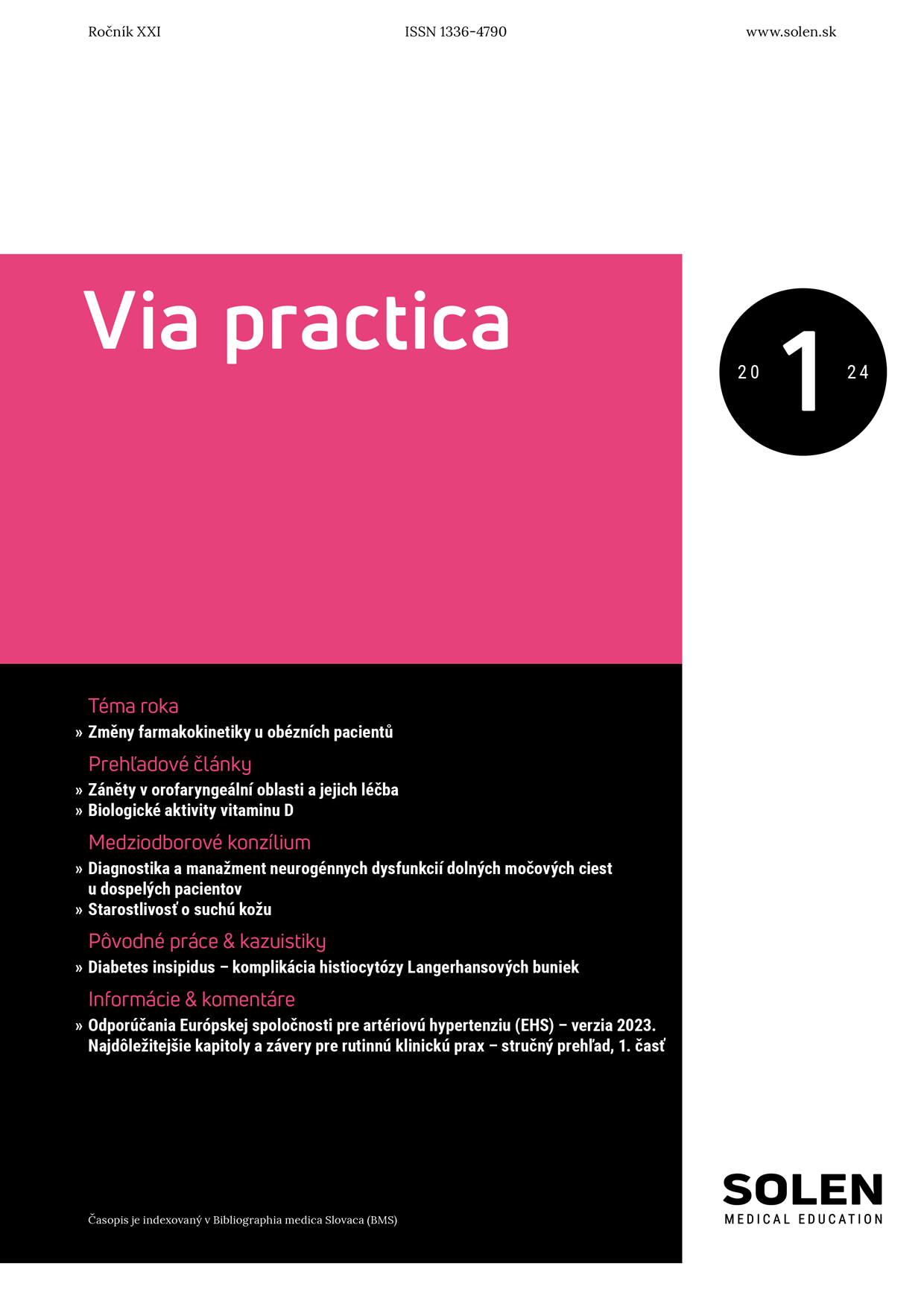
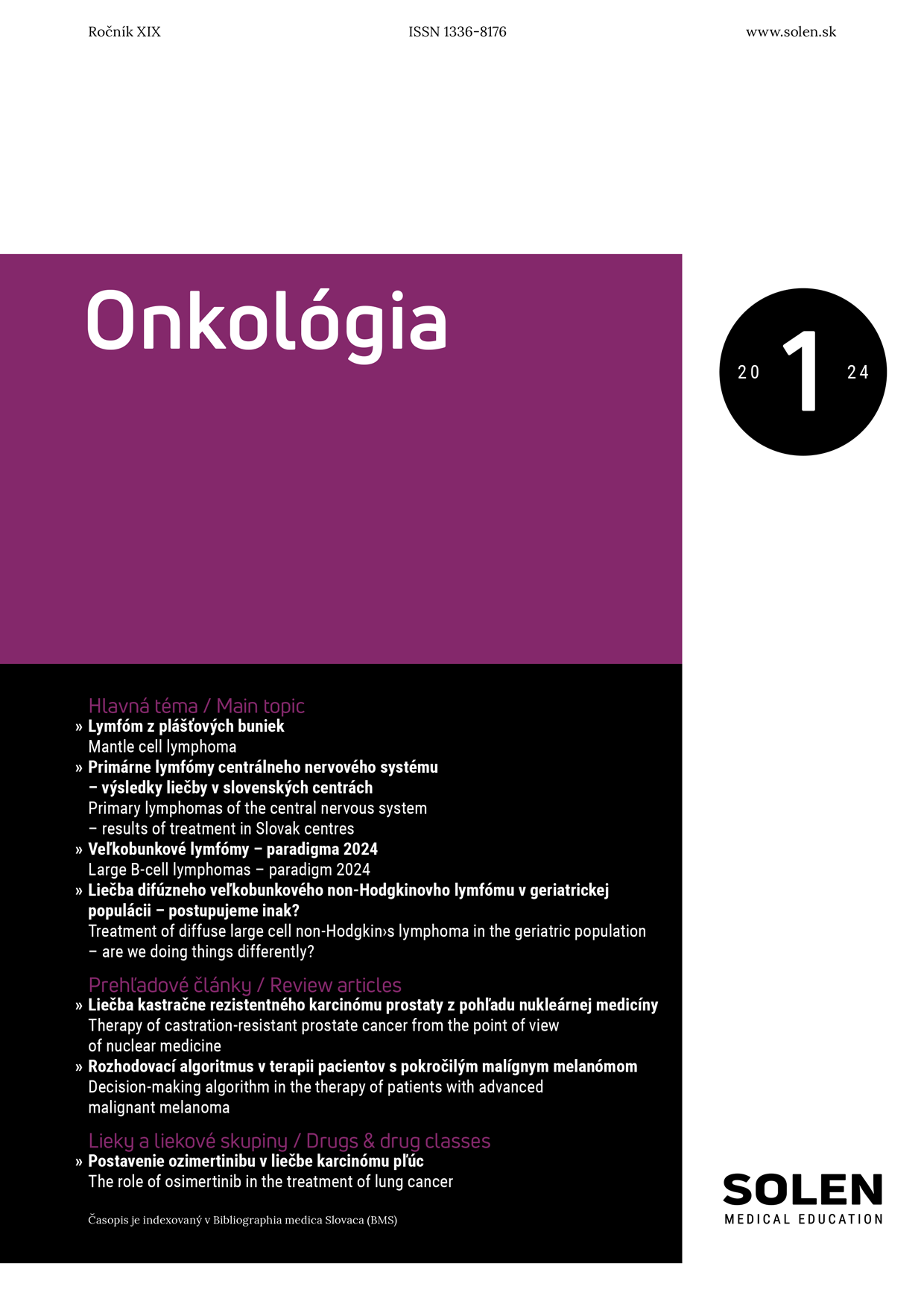
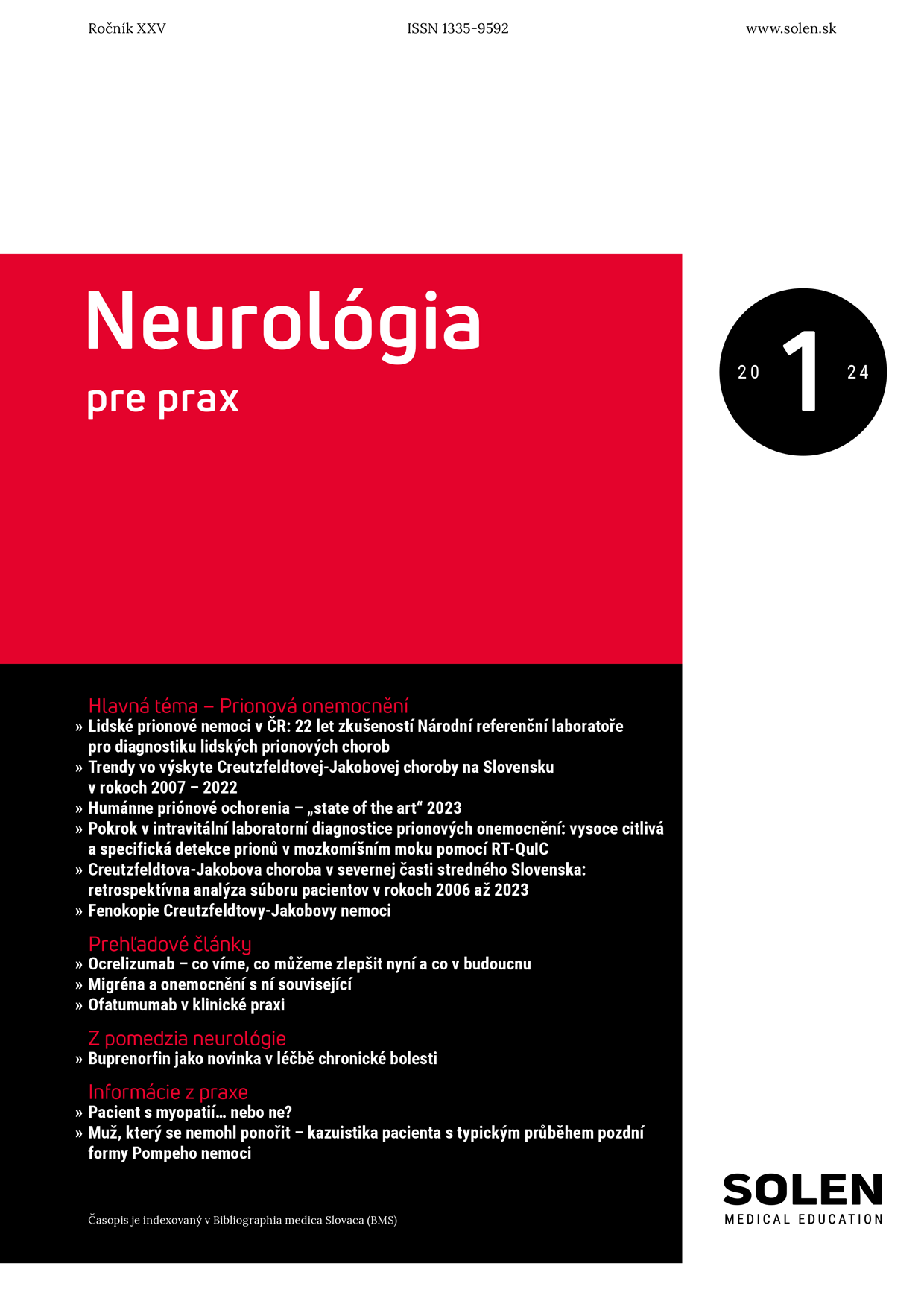
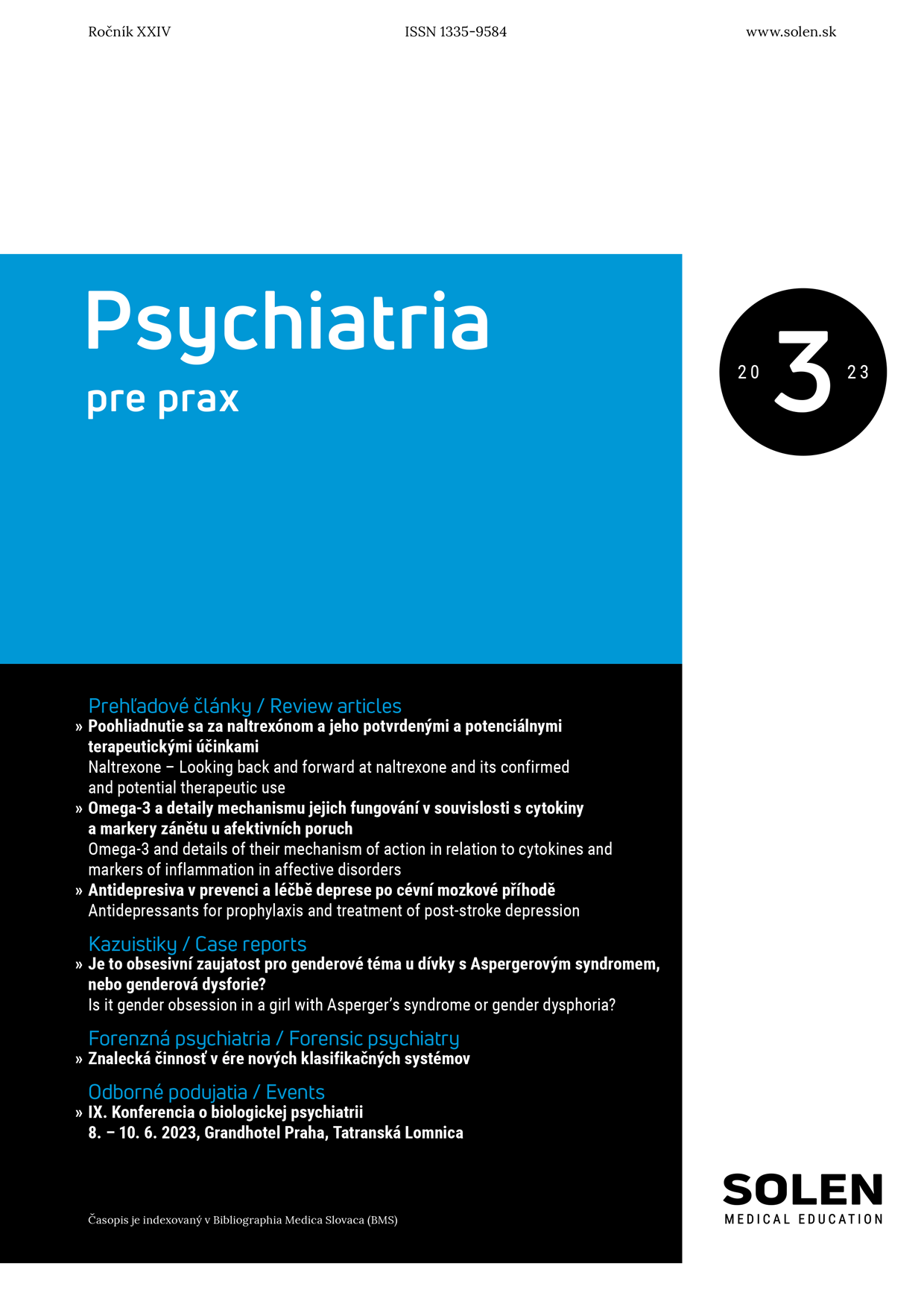
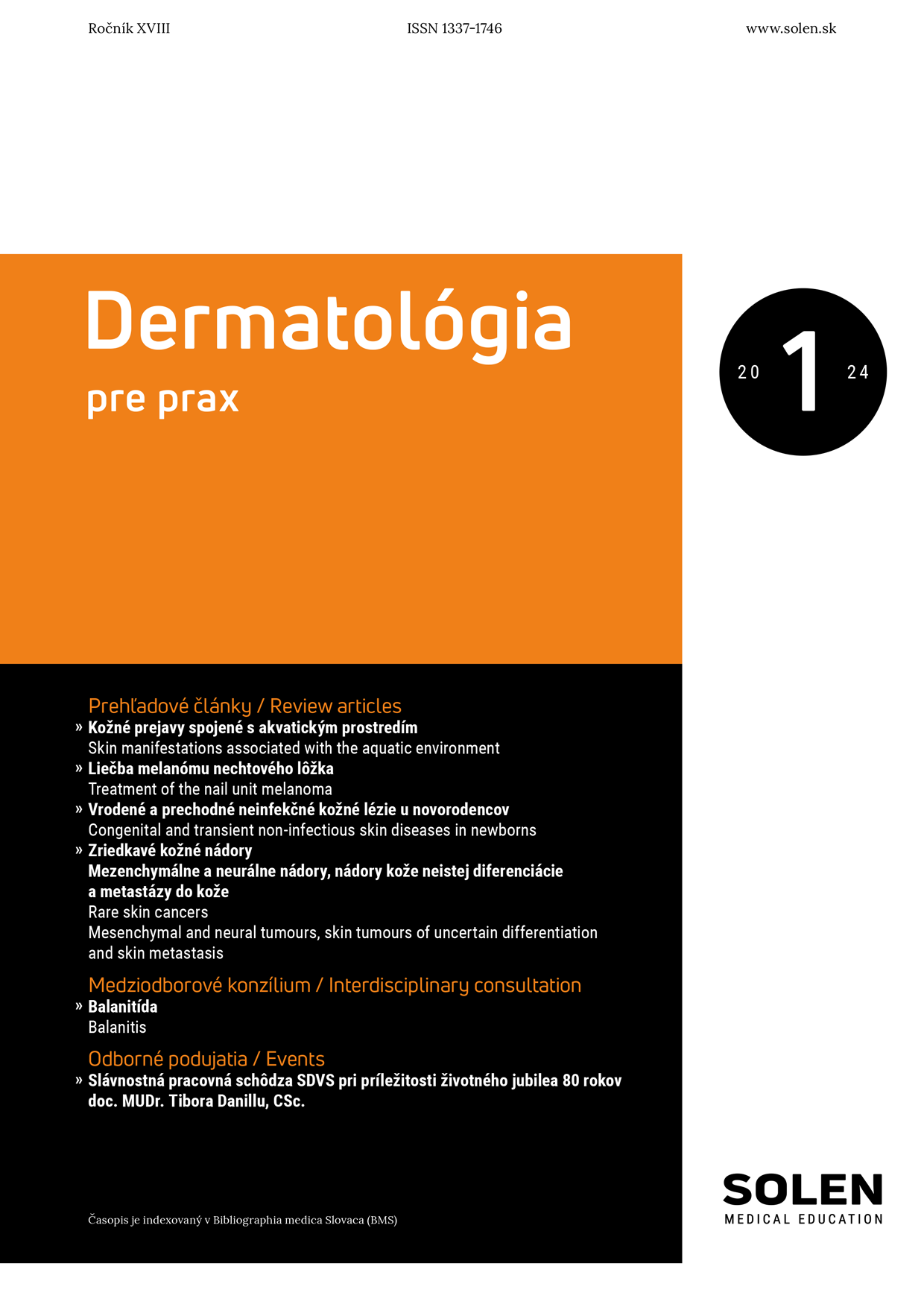
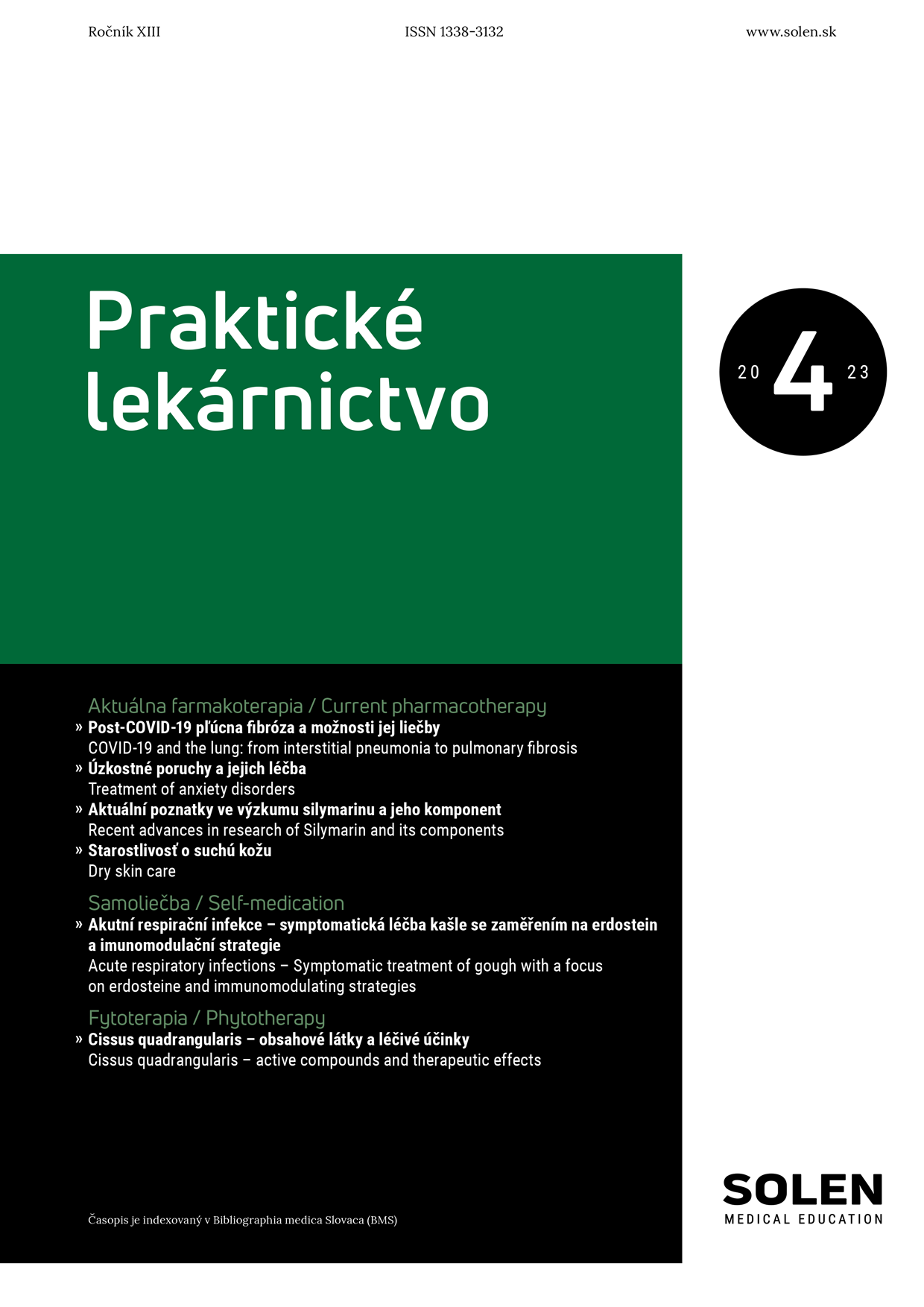
-1.png)
